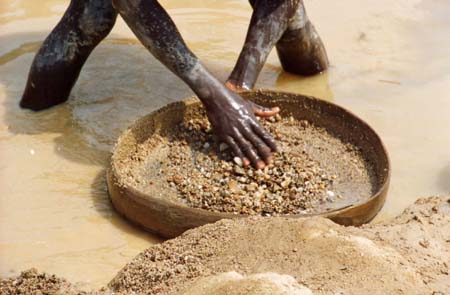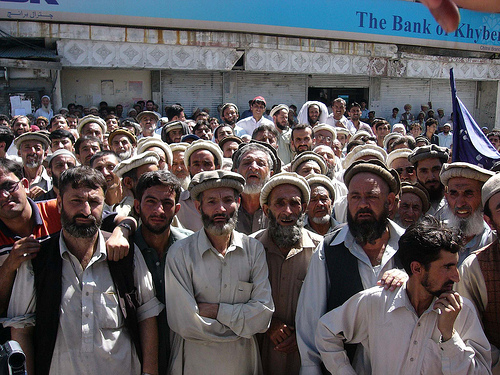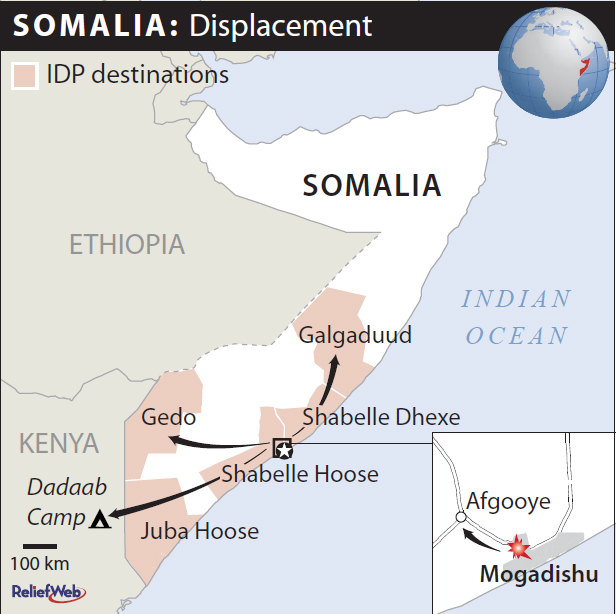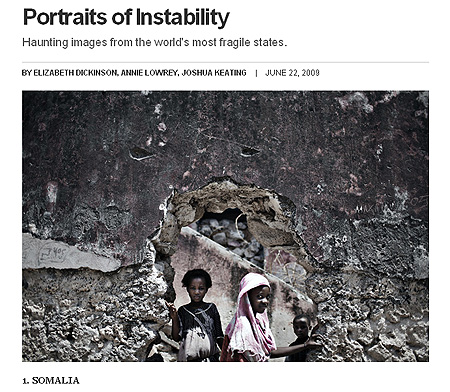
The Kimberley Process Certification Scheme (KP) has been very successful in filtering ‘blood diamonds’ – those mined by rebels in war zones – out of the respectable diamond market over the last decade. But it is now under pressure to do better.
The process was set up by the diamond industry, governments and civil society under pressure from human rights activists who had threatened to lead a global boycott of diamonds because horrible rebels groups like the notorious Revolutionary United Front (RUF) in Sierra Leone and Liberia were financing their rebellions against government and atrocities against civilians, by mining diamonds and selling them into the official market. Jonas Savimbi’s perhaps less horrible but very troublesome National Union for the Total Liberation of Angola (UNITA) was also financing its rebellion against Angola’s Popular Movement for the Liberation of Angola (MPLA) government through diamonds.



